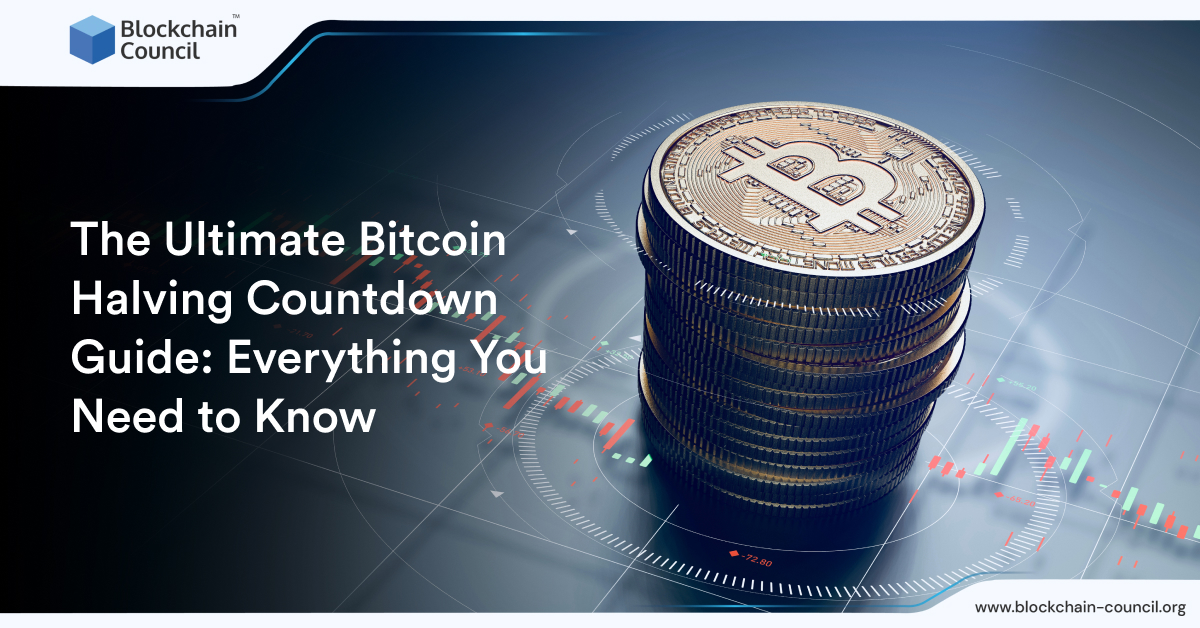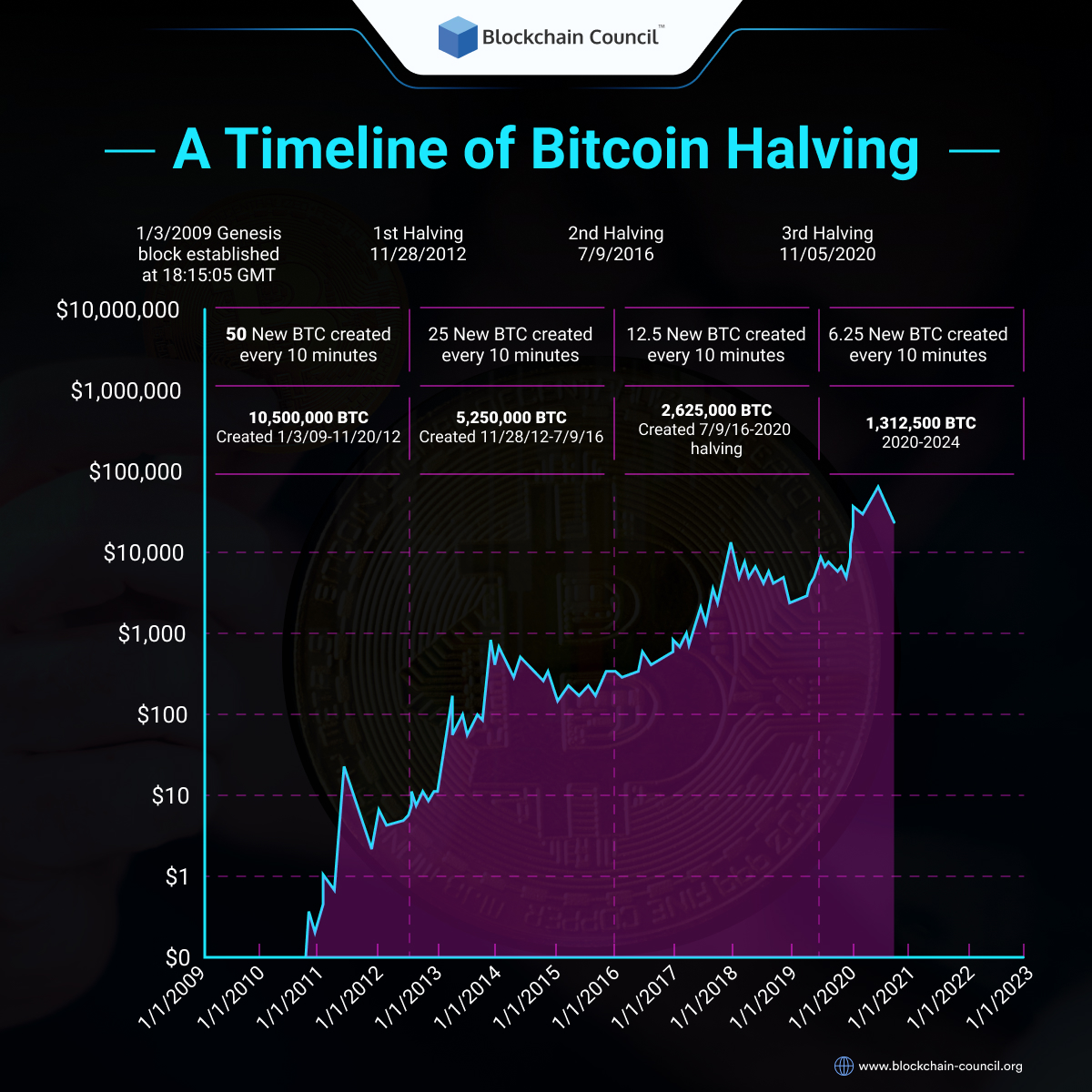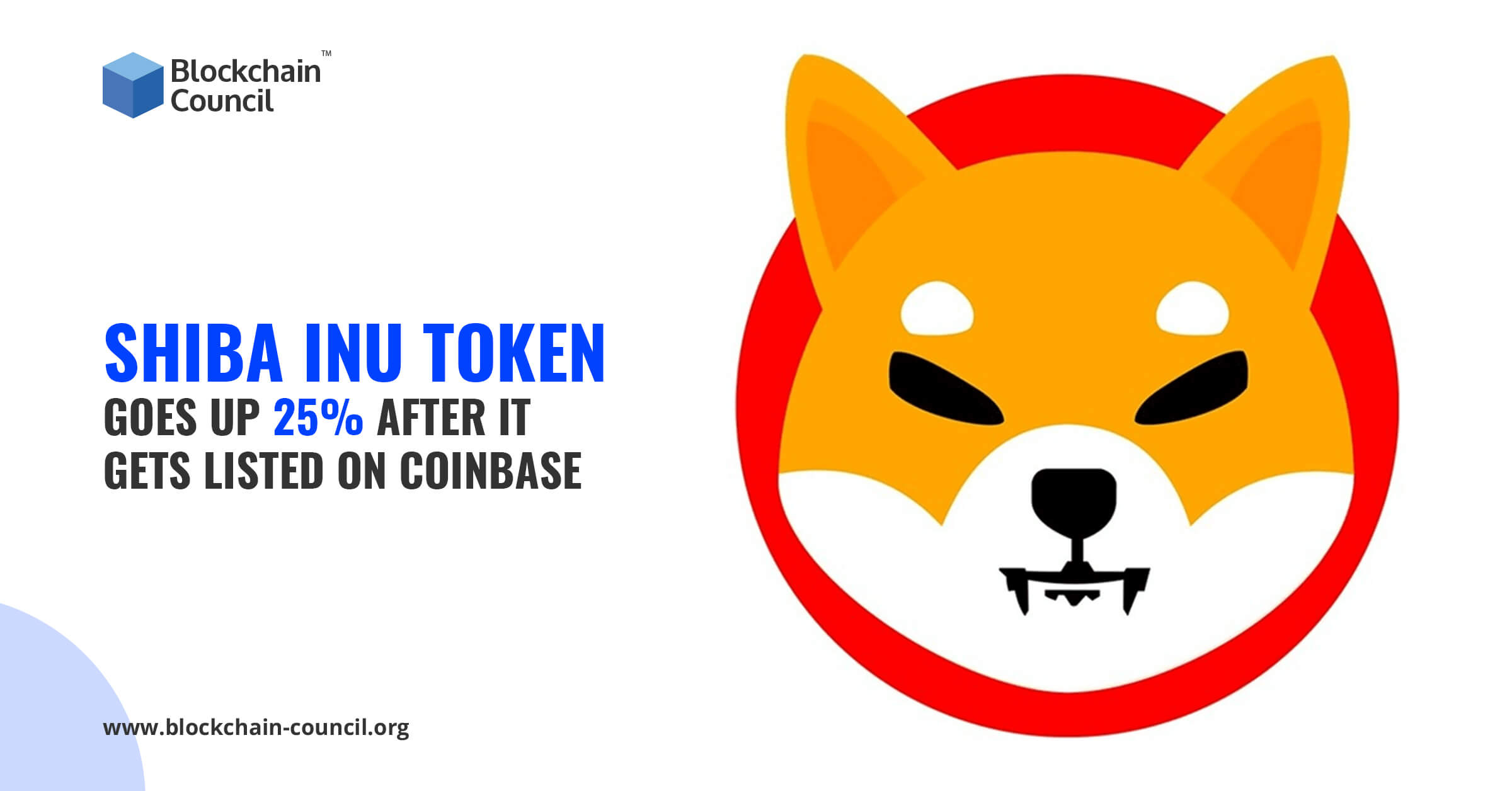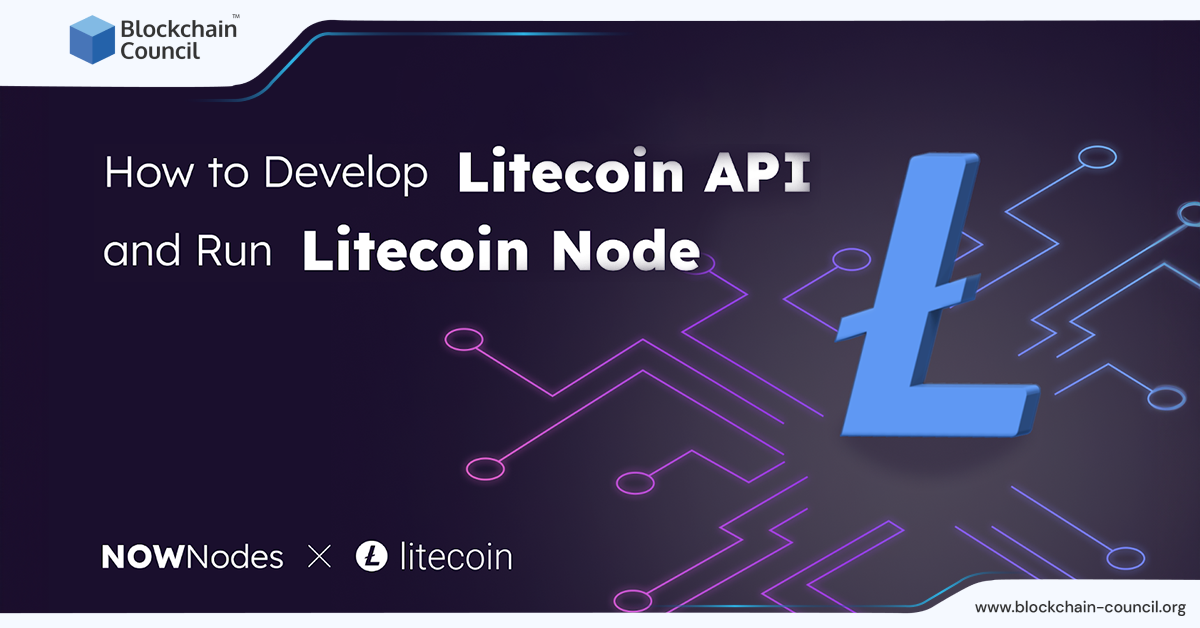
- Blockchain Council
- September 17, 2024
Bitcoin Halving Explained
Definition of Bitcoin halving
If you’ve been following the world of cryptocurrency, then you’ve probably heard about Bitcoin halving. But what exactly is it? In simple terms, Bitcoin halving refers to the process of reducing the amount of new Bitcoin that is generated every ten minutes. This event occurs approximately every four years and is a critical aspect of the cryptocurrency’s monetary policy.
Bitcoin halving is a predetermined event that occurs every 210,000 blocks mined on the Bitcoin network. The process involves cutting in half the block reward that miners receive for solving complex mathematical equations to validate transactions on the network. This mechanism is built into the Bitcoin protocol and is designed to keep the total number of bitcoins in circulation limited to 21 million.
The first Bitcoin halving occurred in November 2012, reducing the block reward from 50 BTC to 25 BTC. The second halving happened in July 2016, reducing the reward to 12.5 BTC, and the most recent halving occurred in May 2020, cutting the reward to 6.25 BTC.
Bitcoin halving has significant implications for Bitcoin’s price and the overall health of the network. As the block reward decreases, it becomes less profitable for miners to continue mining, leading to a potential drop in hash rate and slower transaction processing times. However, this decrease in supply can also increase demand, driving up the price of Bitcoin, as seen in the months following the halving events.
How does halving work, and why is it important?
To put it simply, Bitcoin halving is a process that involves reducing the amount of Bitcoin that miners receive for verifying transactions on the blockchain. The process is automatic and happens every 210,000 blocks. When the halving occurs, the number of new bitcoins generated by the network is reduced by half, which in turn reduces the supply of bitcoins that are available to be mined.
The purpose of halving is to maintain the scarcity of Bitcoin and prevent inflation. By reducing the number of bitcoins that are generated, the value of Bitcoin is maintained and can potentially increase over time due to its limited supply. This scarcity is one of the reasons why Bitcoin is often compared to gold as a store of value.
It is important to note that Bitcoin halving affects the rewards that miners receive, not the price of Bitcoin itself. However, many analysts believe that the halving event can impact the price of Bitcoin due to the reduced supply and increased demand. This is because Bitcoin mining becomes more difficult as the number of bitcoins that can be mined is reduced, and miners must invest more resources to maintain the same level of profitability.
For beginners, Bitcoin halving may seem like a complex concept, but it is an essential part of understanding how the Bitcoin ecosystem works. By reducing the number of bitcoins that are generated, the network can maintain its value and prevent inflation, making it a valuable investment option.
For experts, Bitcoin halving is an opportunity to analyze the impact of the event on the price of Bitcoin and the wider cryptocurrency market. By understanding the mechanics of halving, experts can make informed decisions on how to trade and invest in the market.
The mathematics behind Bitcoin halving
As blocks are solved in an average of 10 minutes, it is predicted that all bitcoins will have been mined by the year 2140. After all, coins have been mined, transaction fees will likely increase, becoming the new reward for miners. The first block reward began at 50 BTC, and this amount halves every 210,000 blocks. This is the only way new bitcoins can be added to the network.
The equation below shows the formula for the total number of bitcoins mined per halving with 𝑖 = the reward era. Summing from the 0th period to the 32nd period, we get our total number of bitcoins,» 21 million.
The Bitcoin halving time is calculated in the following way:
(Halving block – Next block height) * Average time between blocks – estimated time until the next block.
The Countdown Begins: Understanding the Bitcoin Halving Cycle
The first halving event
The first Bitcoin halving event was a major milestone in the history of cryptocurrency. At the time, many in the industry were unsure of what impact it would have on the market or even if it would be successful at all. But despite these uncertainties, the halving proceeded as planned, and the impact was immediate.
Almost immediately after the halving occurred, the price of Bitcoin began to rise. This trend continued for several months. The first halving event saw a reduction in the block reward from 50 BTC to 25 BTC, which meant that the rate of new Bitcoin creation was cut in half. This reduced the number of new bitcoins entering circulation and slowed the inflation rate of the Bitcoin network.
The first halving event also signaled to the Bitcoin community that the network was maturing and becoming more valuable. The fact that the supply of Bitcoin was limited made it more scarce and, therefore, more valuable. This event also showed that the Bitcoin network was stable and that the protocol was capable of enforcing its rules without the need for a central authority.
The second halving event
The second Bitcoin halving event took place on July 9, 2016, at block 420,000. The event saw the reward for mining a new block of Bitcoin drop from 25 BTC to 12.5 BTC, effectively reducing the rate of new Bitcoin issuance by half.
The second Bitcoin halving event had a significant impact on the cryptocurrency market. In the weeks leading up to the halving, Bitcoin experienced a surge in price as investors rushed to buy the cryptocurrency in anticipation of the event. However, after the halving event, the price of Bitcoin experienced a temporary dip before rebounding and eventually reaching new all-time highs.
The third halving event
In the lead-up to the third halving, the price of Bitcoin experienced some volatility, with a significant drop in March 2020 due to the global COVID-19 pandemic. However, as the halving date approached, the price began to rise once again.
The third Bitcoin halving event occurred on May 11, 2020, at a block height of 630,000. This event marked a significant milestone in the history of Bitcoin, as the block reward was reduced from 12.5 to 6.25 Bitcoin per block. This means that the rate of new Bitcoin entering circulation was effectively cut in half, reducing the inflation rate and increasing scarcity.
One interesting aspect of the third halving event was the impact it had on Bitcoin mining profitability. With the block reward reduced from 12.5 to 6.25 Bitcoin per block, it became significantly less profitable for miners to continue mining. This led to a drop in the hash rate and a significant increase in the time it took to mine a block. However, as the price of Bitcoin began to rise in the months following the halving, mining profitability improved, and the hash rate began to recover.
Preparing for the Bitcoin Halving
The upcoming Bitcoin halving event is expected to have a significant impact on the cryptocurrency market, and it’s crucial to understand the implications of this event. The halving event reduces mining rewards by 50%, putting significant financial pressure on Bitcoin miners. However, this reduction in rewards may prompt miners to upgrade their equipment to maintain profitability and continue supporting the network.
By leveraging the latest technology, miners can reduce their energy consumption and operational costs while increasing their chances of successfully mining new blocks and earning rewards. Unfortunately, the increased costs associated with upgrading equipment and improving energy efficiency may disproportionately affect smaller miners, leading to further centralization of the mining power and posing a potential risk to the network’s security and resilience.
The halving event may also lead to changes in the mining landscape, with miners seeking locations with lower energy costs or more favorable regulatory environments, leading to a shift in the geographical distribution of mining operations and further impacting the network’s decentralization.
Furthermore, the halving event may have broader implications for the entire cryptocurrency market, as investors, miners, and users may turn their attention to altcoins that offer better mining rewards, more efficient consensus mechanisms, or unique value propositions that cater to specific use cases or industries.
The halving event may serve as a catalyst for technological innovation within the blockchain industry, leading to the emergence of new consensus mechanisms, Layer-2 scaling solutions, and blockchain architectures that address the current limitations of existing networks, including Bitcoin. Additionally, the event could prompt a reevaluation of the current market dynamics, leading to a discussion around the appropriate regulatory framework for cryptocurrencies and the need for clearer guidelines to ensure market stability, investor protection, and compliance with existing financial regulations.
Best practices for investing pre-halving
When it comes to investing in Bitcoin pre-halving, there are several best practices to keep in mind to maximize your gains. Here are some of the most effective strategies to consider:
Understand the Halving Event
First and foremost, it’s crucial to have a clear understanding of what the halving event entails. This event occurs approximately every four years and reduces the reward for mining new Bitcoin by 50%. As a result, the rate at which new coins are added to the supply decreases, which can lead to an increase in demand and price.
Do Your Research
As with any investment, conducting thorough research is essential to making informed decisions. In addition to understanding the halving event, it’s important to keep up with market trends and news that could impact the price of Bitcoin. This includes monitoring regulatory changes, technological advancements, and the overall sentiment of the market.
Front-load Your Investments
Historically, the price of Bitcoin has tended to increase in the months leading up to the halving event. This means that front-loading your investments, or investing more heavily in the months prior to the event, could potentially yield higher returns.
Buy the Rumor, Sell the News
Historically, the price of Bitcoin has tended to increase in the months leading up to the halving event. Another common strategy in the cryptocurrency market is to “buy the rumor, sell the news.” This means that investors may start buying up Bitcoin in anticipation of the halving event, causing the price to increase. Once the event actually occurs and the news is released, the price may dip as investors take profits. By buying in advance and selling after the event, investors can potentially capitalize on this trend.This means that front-loading your investments, or investing more heavily in the months prior to the event, could potentially yield higher returns.
Hold Long-Term
While pre-halving strategies can be lucrative, it’s important to keep a long-term perspective when investing in Bitcoin. The cryptocurrency market is known for its volatility, and short-term gains can quickly turn into losses. By holding onto your investments for the long term, you may be able to ride out market fluctuations and potentially see greater returns over time.
Diversify Your Portfolio
Diversification is key to minimizing risk and maximizing returns in any investment portfolio. In addition to Bitcoin, consider investing in other cryptocurrencies that align with your investment goals and risk tolerance. Some popular options include Ethereum, Litecoin, and Ripple.
Set Realistic Goals
It’s important to set realistic goals when investing in Bitcoin pre-halving. While the halving event can lead to price increases, there are also risks and volatility to consider. By setting realistic goals, you can minimize your risk and avoid making hasty investment decisions based on emotions or speculation.
Keep an Eye on the Market
Staying informed and keeping a close eye on the market is essential to making sound investment decisions. This includes monitoring the price of Bitcoin, as well as any relevant news or developments that could impact the market. By staying up-to-date, you can make informed decisions and adjust your investment strategy as needed.
Stay Informed on Network Developments
Changes to the Bitcoin network can impact the price of the cryptocurrency, particularly in the lead-up to the halving event. Keeping a close eye on network developments, such as upgrades or changes to mining difficulty, can help investors stay ahead of the curve and make informed decisions.
Consider Professional Guidance
If you’re new to investing in cryptocurrencies or unsure how to navigate the market pre-halving, it may be beneficial to seek professional guidance. A financial advisor or investment manager can provide valuable insight and help you develop a personalized investment strategy based on your goals and risk tolerance.
Common misconceptions about Bitcoin halving
Bitcoin halving is an event that occurs every four years and is a crucial part of the cryptocurrency’s design. During this event, the number of new bitcoins created per block is halved, resulting in a reduction of the overall supply of bitcoins in circulation. While Bitcoin halving has been around since the beginning of the cryptocurrency, there are still several misconceptions about the event that needs to be addressed.
Myth #1: Bitcoin Halving Will Cause the Price to Rise
One of the most popular misconceptions about Bitcoin halving is that it will inevitably cause the price of Bitcoin to increase. While it is true that the previous two halvings have been followed by a surge in Bitcoin’s price, it is not a guarantee that this will happen again. The market is unpredictable, and there are several factors that influence Bitcoin’s price, including supply and demand, investor sentiment, and global economic conditions. Therefore, it is essential not to rely solely on the halving to make investment decisions.
Myth #2: Bitcoin Halving Will Cause the Mining Industry to Collapse
Another common misconception about Bitcoin halving is that it will lead to the collapse of the mining industry. It is true that halving reduces the number of new bitcoins rewarded to miners, which could lead to some miners being forced out of the market. However, it is also true that halving increases the scarcity of Bitcoin, making it more valuable. Therefore, it is possible that the increased value of Bitcoin will offset the reduction in rewards, and the mining industry will continue to thrive
Myth #3: Bitcoin Halving Happens on a Specific Date
Many people believe that Bitcoin halving happens on a specific date, but this is not entirely accurate. Bitcoin halving occurs when the number of blocks in the blockchain reaches a certain number. The exact number of blocks required for halving to occur is 210,000. However, the time it takes to reach that number can vary due to fluctuations in mining power. Therefore, it is impossible to predict the exact date and time of Bitcoin halving. However, it is possible to estimate when it will occur based on the current mining power.
Myth #4: Bitcoin Halving is the Same as Bitcoin’s Max Supply
Another common misconception about Bitcoin halving is that it is the same as Bitcoin’s maximum supply. Bitcoin halving only reduces the rate at which new bitcoins are created, but it does not affect the total supply of bitcoins. Bitcoin’s maximum supply is 21 million, and once this number is reached, no new bitcoins will be created. However, this will not happen until approximately the year 2140, long after the last Bitcoin halving event.
Myth #5: Bitcoin Halving is a One-Time Event
Finally, there is a misconception that Bitcoin halving is a one-time event. As mentioned earlier, Bitcoin halving occurs every four years, and it is an essential part of the cryptocurrency’s design. Therefore, it is important to understand that Bitcoin halving will continue to occur as long as Bitcoin exists.
Post-Halving Predictions
Predictions from experts and analysts
According to Jamie Douglas Coutts, a Bloomberg Intelligence analyst, the upcoming halving is currently 50% priced based on previous cycles. Coutts predicts that Bitcoin can scale to $50,000 by April 2024, indicating a potential surge in value. However, it’s important to note that this prediction is just one expert opinion, and the market can be unpredictable.
Comparison of past halving events: How the market has performed
To understand what might happen after the upcoming halving, it’s useful to look at past halving events. Bitcoin halving events have occurred thrice in the past, first in 2012 and then again in 2016, and finally in 2020. In each case, the halving of Bitcoin’s mining reward led to a reduction in the supply of new Bitcoin entering the market. This has a significant impact on the market, as it can cause the price to rise due to the reduced supply.
After the 2012 halving, Bitcoin’s value increased significantly over the following year. Similarly, after the 2016 halving, the price of Bitcoin experienced a significant increase over the following months. The trend was followed after the 2020 halving as well. However, it’s important to note that these price increases were not immediate and occurred gradually over time.
Following the 2016 halving, the price of Bitcoin underwent a significant correction and experienced a drop in value. However, it quickly recovered and went on to reach its all-time high in late 2017. After the 2020 halving, Bitcoin faced a disastrous crypto winter throughout 2022. Since then, the market has gone through several cycles of ups and downs, demonstrating the unpredictable and volatile nature of the cryptocurrency market.
Bitcoin Halving and Mining
Understanding the impact of halving on mining
One of the most significant impacts of halving is on the profitability of mining. As the reward for mining is reduced, it becomes more difficult for miners to make a profit. This can lead to a decrease in the number of miners, which can slow down the network and make transactions more expensive.
To remain profitable after halving, miners need to become more efficient and reduce their costs. This can be achieved by upgrading their mining equipment, reducing energy consumption, or moving to areas with cheaper electricity. Those who cannot adapt may be forced to shut down their mining operations.
Halving also has an impact on the hash rate of the network. The hash rate is the computing power of the network, and it determines how difficult it is to mine a block. As the reward for mining is reduced, some miners may drop out, leading to a decrease in the hash rate. This can make it easier for the remaining miners to mine blocks, but it can also lead to increased centralization if only a few miners control the network.
Another impact of halving on Bitcoin miners is on the price of Bitcoin. Historically, the price of Bitcoin has risen after halving due to the decrease in the supply of newly minted bitcoins. This can make mining more profitable for those who continue to mine, but it can also lead to increased competition and higher prices for mining equipment.
The Global Impact of Bitcoin Halving
Bitcoin, the world’s leading cryptocurrency, has been known for its volatility and price unpredictability, making it a topic of debate regarding its net economic benefits to the U.S. financial system. While anecdotal evidence suggests that Bitcoin prices are influenced by the quality of the financial system it exists in, the reasons behind the cryptocurrency’s significant price movements are puzzling.
Anecdotal evidence suggests that Bitcoin prices vary across different markets due to differences in market infrastructure, financial frictions, regulatory oversight, and institutional investors. Despite the dispersed worldwide market for Bitcoin, it is globally integrated by a diverse group of Bitcoin holders, and the total market capitalization of the cryptocurrency market that is mainly sparked by Bitcoin reached $1 trillion on January 6, 2021, making market participants contemplate whether this magnitude of the cryptocurrency market is frothy.
To understand the economic consequences of Bitcoin halving events on the U.S. capital market, we need to examine the market reaction to Bitcoin’s first and second halving events that occurred over the past decade. There have been three halving events since 2009, with the first halving reducing the rewards from mining for Bitcoin from 50 to 25 bitcoins per block, the second halving further reducing the reward to 12.5 bitcoins per block, and the last halving, which occurred on May 11, 2020, reducing the rewards from Bitcoin mining to 6.25 bitcoins per block.
The halving event is intended to reduce Bitcoin’s inflation rate, and it occurs every 210,000 blocks. The next halving is scheduled to happen when miners reach 840,000 blocks between February 2024 and June 2024. Miners make a list of all the transactions that have been accumulated since the last block was created and then race against each other to perform trillions of SHA-256 hash computations every second to look for a block that produces a lesser hash than the dogmatic value.
The winner among the various coin miners is then awarded the block rewards (in bitcoins) along with any transaction fees that might have been included within the individual transactions. Thus, the halving mechanism also means a drop in the miner’s income, almost by half of what it used to be overnight.
The sudden drop in the miner’s revenue results in miners switching to less expensive equipment for mining, which consumes less energy. We can even expect coin miners to temporarily hold their investments for new mining hardware in the next few months. In the previous bull runs, Bitcoin led the rally, and altcoins joined the wave. Ethereum usually started trending upward shortly after Bitcoin’s upswing, and altcoins followed suit thereafter. This pattern has been observed historically and will likely continue. Altcoins usually pull back in the short run during a Bitcoin bull run, and investors move to altcoins only after the Bitcoin price stabilizes, marking the beginning of the altcoin season.
Bitcoin Pizza Day
May 22 marks a significant day in the cryptocurrency world: Bitcoin Pizza Day. It’s a day where we celebrate the first real-world transaction using Bitcoin. It’s a day where we reflect on the evolution of cryptocurrency, and how two pizzas changed everything.
The story of Bitcoin Pizza Day goes back to May 22, 2010, when a Florida man named Laszlo Hanyecz made a post on a Bitcoin forum, offering 10,000 BTC for someone to order him two pizzas. At the time, 10,000 BTC was worth around $41. Today, that same amount is worth over $500 million.
A few days later, a user by the name of “Jercos” took Hanyecz up on his offer and ordered two large pizzas from Papa John’s for 10,000 BTC. And just like that, the first real-world transaction using Bitcoin was completed.
It’s easy to look back and laugh at the fact that two pizzas were worth over $500 million, but this transaction was a game-changer. It proved that Bitcoin had real-world value, and it opened up doors for cryptocurrency to be used as a legitimate form of payment.
Since then, Bitcoin Pizza Day has become a yearly celebration in the cryptocurrency world. But why do we celebrate it, and what does it mean for the future of cryptocurrency?
Bitcoin Pizza Day is a reminder of the early days of cryptocurrency. It’s a reminder that Bitcoin was once a small community of tech enthusiasts who believed in the potential of a decentralized currency. It’s a reminder that even the smallest transactions can have a big impact on the world.
But it’s also a reminder that cryptocurrency has come a long way since then. Today, Bitcoin is accepted by major companies like Tesla and PayPal. It’s being used by countries like El Salvador as legal tender. And it’s paving the way for other cryptocurrencies to enter the mainstream.
Conclusion
As we approach the next Bitcoin halving event, it’s essential to understand the significance and impact it can have on the market. From the basics of Bitcoin mining to the historical trends of halving events, we’ve covered it all. We’ve also provided in-depth insights into the potential effects of the upcoming halving on the market, as well as some tips on how to prepare for it.
As you read through this guide, we hope you’ve gained a deeper understanding of Bitcoin halving and its impact on the market. Whether you’re a seasoned trader or just starting, this knowledge can help you make informed decisions and stay ahead of the competition.
Remember, Bitcoin is a rapidly evolving technology, and staying up-to-date with the latest trends and developments is key to success in the market. Keep learning, keep growing, and don’t be afraid to take risks – after all, that’s what the crypto world is all about.
FAQ
What is the Bitcoin halving event?
- Bitcoin halving is an event that happens in the Bitcoin network every 210,000 blocks mined.
- During this event, the reward that miners receive for mining a new block is reduced by half.
- The purpose of this event is to limit the supply of new bitcoins that are added to the market and to ensure that the supply of bitcoins is capped at 21 million.
When is the next Bitcoin halving event?
- The most recent Bitcoin halving event occurred on May 11, 2020.
- The next Bitcoin halving event is expected to happen in the year 2024, specifically in April or May.
How many bitcoins are left to be mined?
- There are currently around 19 million bitcoins in circulation.
- The total supply of bitcoins is capped at 21 million.
- This means that there are roughly 2 million bitcoins left to be mined.
How does Bitcoin halving impact the price?
- Bitcoin halving has historically led to an increase in the price of Bitcoin, as the reduced supply of new bitcoins added to the market creates a scarcity effect that drives up demand.
- However, the impact of Bitcoin halving on the price is not guaranteed and depends on various factors such as market sentiment, adoption, and external events.
What happens after Bitcoin halving?
- After Bitcoin halving, the reward for mining new blocks is reduced by half, making it less profitable for miners to mine Bitcoin.
- As a result, some miners may drop out of the network, leading to a decrease in the hash rate (computing power) on the Bitcoin network.
- However, the decreased supply of new bitcoins may also lead to an increase in price as demand for Bitcoin continues to grow.





































































 Guides
Guides News
News Blockchain
Blockchain Cryptocurrency
& Digital Assets
Cryptocurrency
& Digital Assets Web3
Web3 Metaverse & NFTs
Metaverse & NFTs
